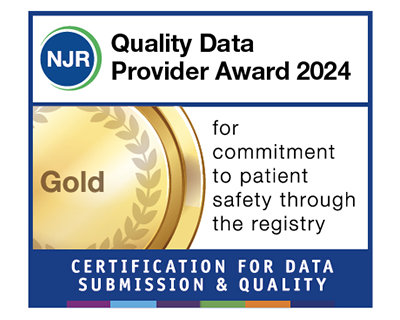Springfield Hospital Specialists
-
-
Ms Neda Farhangmehr
Ms Neda Farhangmehr is a Consultant General, Upper GI, and Laparoscopic Surgeon in Essex, who specialises in laparoscopic surgery, benign Upper GI and cancer surgery.
Read more -
Mr Toby Hammond
Consultant General & Colorectal Surgeon, Mr Toby Hammond specialises in colorectal cancer, inflammatory bowel disease, diverticular disease and hernias.
Read more -
Mr Samer-ul Haque
Mr Samer-ul Haque is a Laparoscopic General, Colorectal & Emergency Surgeon in Essex
Read more -
Mr Naga Venkatesh Jayanthi
Mr Jayanthi is a Consultant General and Bariatric Surgeon in Hertfordshire and Essex who specialises in bariatric surgery, gallstones, hernia, endoscopy and gastric cancer.
Read more -

Mr Sritharan Kadirkamanathan
Mr Sritharan Kadirkamanathan is a Consultant General Surgeon in Essex, Chelmsford.
Read more -
Mr Bruno Lorenzi
Mr Lorenzi is a Consultant General Surgeon, who specialises in Laparoscopic, Upper GI and Weight Loss Surgery.
Read more -
Mr Yazan Masannat
Mr Yazan Masannat is a Consultant Oncoplastic Breast Surgeon at Springfield Hospital who specialises in breast cancer surgery.
Read more -
Mr Thomas Pearson
Mr Thomas Pearson is a General Surgeon in Chelmsford, Essex who specialises in hernia repair, pilonidal disease, gall stones, haemorrhoids, fissures, colorectal cancer, inflammatory bowel disease, crohn’s, and diverticular disease.
Read more -
Mr Shahab Siddiqi
Mr Shahab Siddiqi is a General Surgeon at Springfield Hospital in Essex and Rivers Hospital in Herfordshire
Read more -
Mr Simon Smith
Mr Simon Smith is Consultant General surgeon in Essex who specialises in breast and endocrine surgery.
Read more -
Mr Cheuk Bong Tang
Mr Tang is a Consultant General Surgeon in Essex specialising in cholecystectomies, hernia repairs, gastrectomies, Heller's myotomies for achalasia and upper GI endoscopies.
Read more -
Mr Harun Thomas
Mr Harun Thomas is a consultant Surgeon in Springfield, Essex who specialises in breast surgery.
Read more
